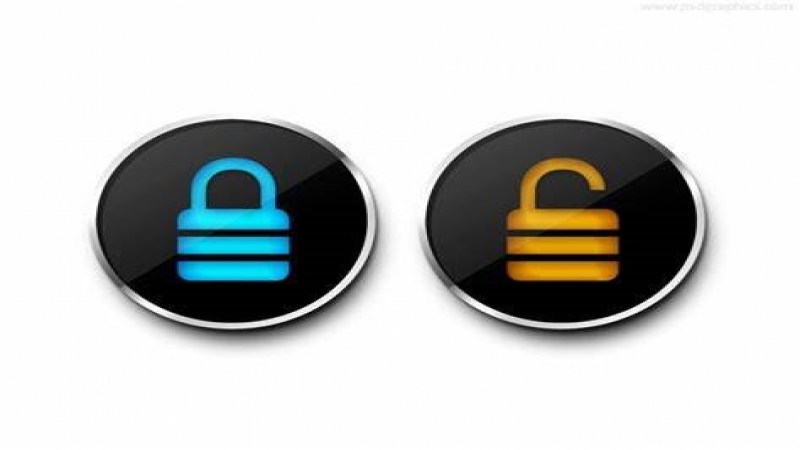Many business owners will encounter great growth opportunities, or circumstances that require a little extra working capital to get through. We’ve all heard a variety of unsecured lenders advertising fast, hassle free funding both online and on the radio – is this the quick and easy option it seems? Essentially yes – however it is important to understand that quick and easy comes at a cost.
The primary difference between a secured and an unsecured loan is the requirement for security. This may be real estate security (which will generally involve a second mortgage, or at a minimum, a caveat), or another asset that has equity. The amount loaned against this asset is dependent upon it’s value, and the ability to liquidate the asset if required. For example, a bobcat is much easier to sell in the open market than a specialist component producing machine, and therefore the proportion of the item’s value that you may borrow is likely to be higher.
An unsecured loan on the other hand does not require this form of security. Often (depending upon the provider) and unsecured loan will require a GSA / AllPAP over the business. This essentially means that should the loan not be repaid, the lender may take other assets held by the business (including outstanding invoices) to repay the debt. Any form of credit (be it secured or unsecured) will also generally require a director’s personal guarantee. Therefore if the loan is not repaid, and there are insufficient assets in the business to repay the loan, the lender will require the director to personally repay the debt.
There are pros and cons of both types of lending, which are as followed:
- Secured loans generally take longer to establish. Valuations are required, as well as registrations over assets (which the borrowed will usually pay for)
- Unsecured loans are generally much more expensive than secured loans. Due to the quick turnaround times, and the lack of formal registration over assets, a price premium is applied
- Unsecured loan limits are generally low. Most unsecured lenders will max out at around $50,000.00 without then requiring some form of security. The limit is based upon regular cash flows coming in to the company bank account – so if the business is predominantly cash based, or the cash flow is lumpy, it is unlikely that the limit provided will be substantial
When considering an unsecured loan, it is also worth considering:
- The working capital provided will diminish over time – i.e. if the loan is repaid over 12 months, essentially by month 11 there will be no remaining capital, and 2 months of interest to repay
- The actual rate may differ from the advertised rate. For example, one large unsecured lender was queried in 2018 when advertising a rate of approximately 20%, when in reality the effective rate was closer to 40%
- Some unsecured lenders will not allow an early payout. This can create an issue if you are looking to establish another facility elsewhere, as the lender will not release their security to allow this to happen until the end of the loan period.
If you are considering sourcing some additional funds for the business, contact one of the team at Flexible Capital to understand the right solution for you.




